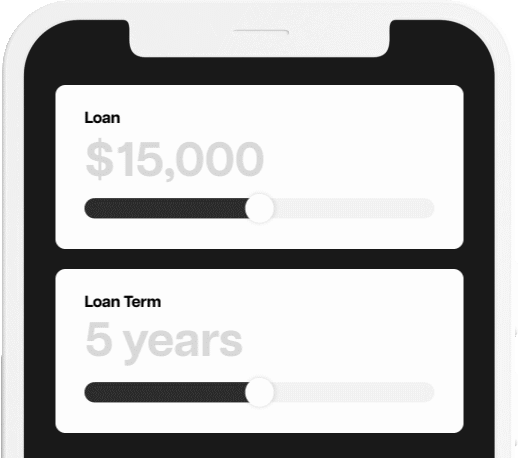Business Funding Checklist (FREE)
Evaluate Your Business Needs
• Define the specific purpose of the loan (e.g., expansion, working capital, equipment).
• Calculate how much funding is required.
• Assess the financial health of your business (e.g., cash flow, current debts).
Research Loan Types
• Business Term Loans (fixed or variable interest rates).
• Equipment Loans/Finance (for purchasing machinery or vehicles).
• Line of Credit (flexible access to funds).
• Invoice Financing (advance on unpaid invoices).
• Short-term Loans (for immediate financial needs).
• Start-up Loans (if you’re a new business).
Prepare Financial Documents
• Profit and Loss Statements (at least 2 years, if applicable).
• Balance Sheets (to show assets, liabilities, and equity).
• Cash Flow Statements (to demonstrate how funds move in and out of your business).
• Tax Returns (both business and personal, at least 2 years).
• Bank Statements (typically 3 to 6 months).
Check Your Credit History
• Business Credit Score (check with a credit bureau like Equifax).
• Personal Credit Score (often required for small business loans).
• Address any negative listings (e.g., defaults, overdue debts).
Draft a Business Plan
• Executive Summary (brief overview of your business and goals).
• Market Analysis (who your customers are and how you reach them).
• Financial Projections (income, expenses, and expected growth over the next few years).
• Revenue Model (how your business makes money).
Gather Personal Identification & Legal Documents
• ABN/ACN (Australian Business/Company Number).
• Business Registration (e.g., registration with ASIC).
• Personal Identification (passport or driver’s license of directors or key stakeholders).
• Business Licenses (industry-specific, if applicable).
Review Business Collateral (If Secured Loan)
• Property/Assets that can be used as security.
• Equipment or Inventory (if applying for asset-backed finance).
• Understand the risk if your loan defaults (repossession or sale of assets).
Understand Loan Eligibility Criteria
• Minimum turnover requirements.
• Business age (some lenders require at least 12 months of operation).
• Industry-specific restrictions (some industries are higher risk).
• Documentation requirements (different lenders may require specific documents).
Compare Lenders
• Banks vs. Non-Bank Lenders (traditional vs. alternative lending options).
• Interest Rates (fixed vs. variable, and total cost of the loan).
• Loan Terms (repayment period, flexibility, early payment fees).
• Loan Conditions (any conditions or covenants tied to the loan).
• Check if the lender is accredited by AFCA (Australian Financial Complaints Authority).
Prepare Your Application
• Double-check your financial documents and business plan.
• Ensure all details on the application match your documents.
• Review terms and conditions before submitting.
Seek Professional Advice
• Accountant (for financial projections and understanding tax implications).
• Business Advisor (for refining your business plan).
• Financial Consultant (to compare loan options and interest rates).
Post-Approval Management
• Plan for loan repayments (ensure you can meet repayment schedules).
• Monitor cash flow regularly to avoid over-commitment.
• Communicate with your lender if you foresee any repayment issues.
By completing this checklist, you can ensure that you’re well-prepared to seek business funding and have a stronger chance of approval from Australian lenders.









